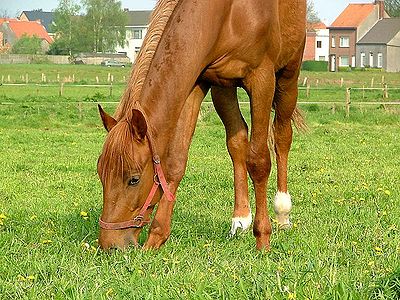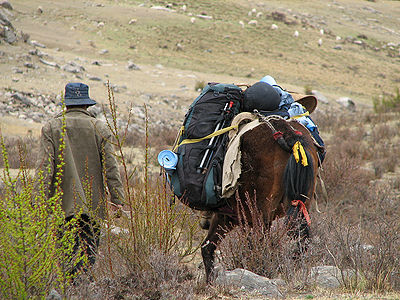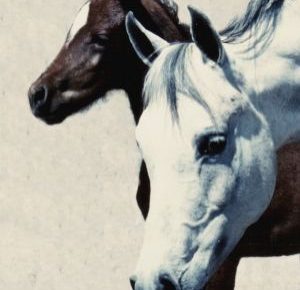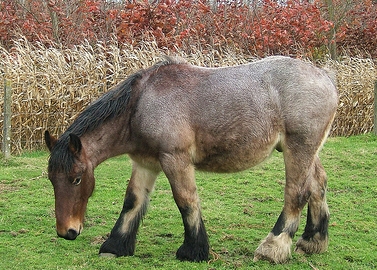
When horses eat, the food is swallowed and passes down the esophagus into the stomach. There is a strong band of muscle called the cardiac sphincter around the esophagus at the stomach entrance.
While all mammals have the cardiac sphincter which is a valve, it is different in horses for these reasons. It is extremely strong and is unable to relax and allow the horse to vomit. Although horses still may be able regurgitate food while in the esophagus, it normally goes in only one direction which is down.
Grazing horses digest food slowly which allows constant movement along the digestive tract through the esophagus and the cardiac sphincter, into the stomach, exiting through the pyloric sphincter at the end of the stomach into the intestines, helping prevent problems. Horses who are stabled do much better having several small meals a day.
Any backup can cause conditions such as colic. The cardiac sphincter is so strong that the stomach lining will rupture before the sphincter releases causing the death of the horse.
Signs of colic can be an absence of abdominal sounds, pawing the ground, sweating, sometimes elevated pulse, thrashing, biting at the flank, obvious pain. If your horse shows any signs, call your veterinarian immediately.
Treatment consists of passing a tube through the nose down the esophagus and through the cardiac sphincter releasing the contents, usually gases and fluids. Don’t try this yourself, leave the treatment to the vet. If caught quickly, prognosis for recovery is good.
If you notice anything unusual or different in your horse’s behavior, don’t wait. Call your vet as early detection of a problem can save your horse’s life.
Note: Rats and rabbits can’t vomit either for the same reasons as horses.



